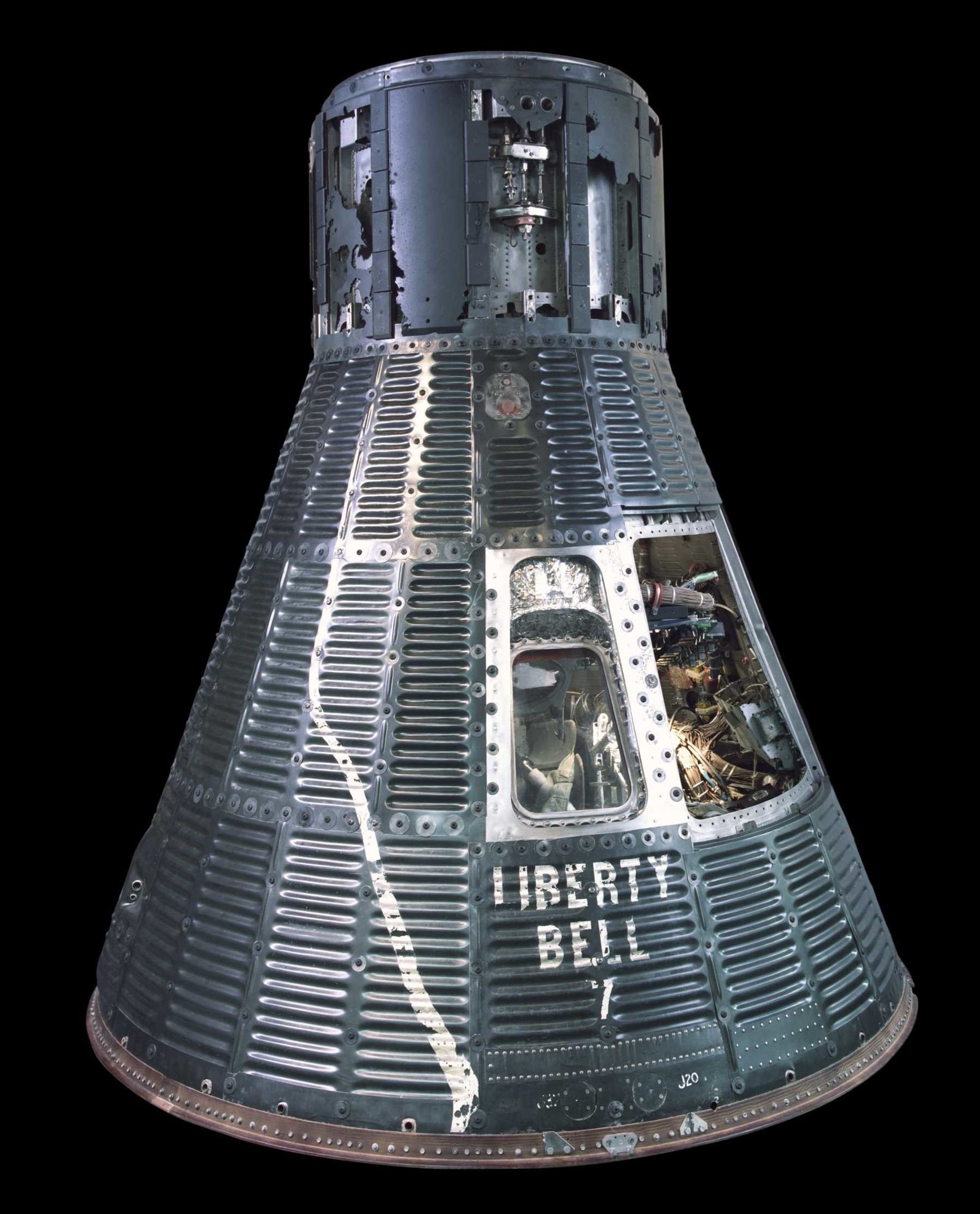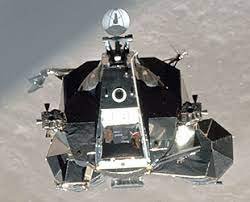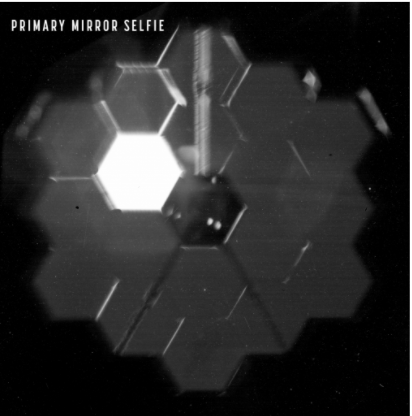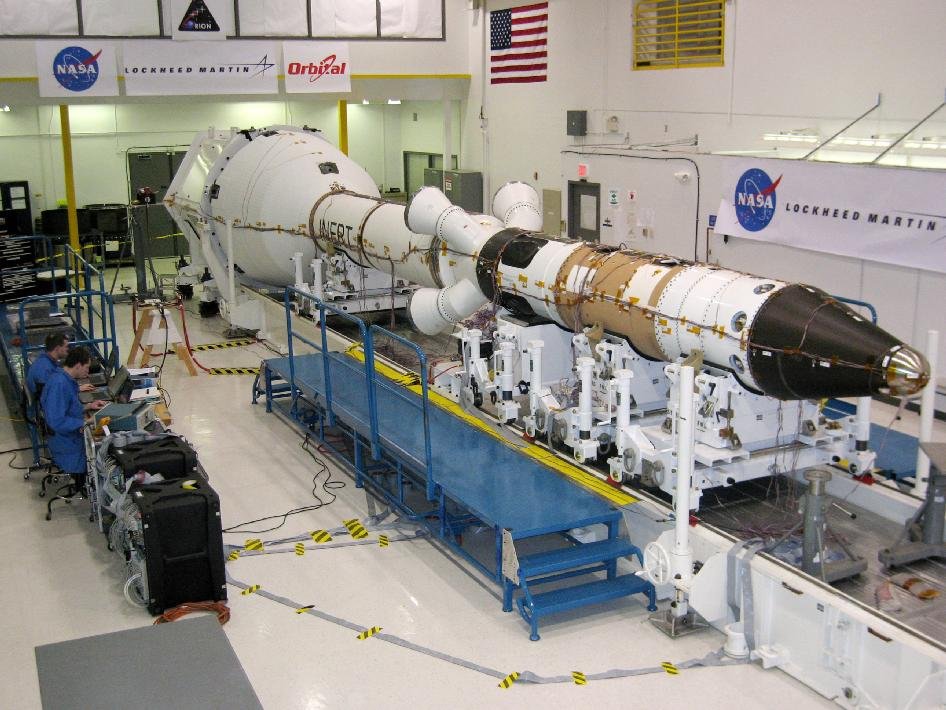Gus Grissiom, an American astronaut, was in a good mood. He had just finished a flawless 15 minute flight into space. The mission called Mercury- Redstone 4, had just placed the second American in space. The Redstone rocket, which was a weapon and could kill anyone, had been recycled from the US military launching a nuclear attack on the Soviet Union to launching men in 1-ton spacecraft into space. The Redstone however could not make men reach orbit, only a small up and down 15 minute flight. And Grissiom’s had gone perfectly, much like the other flight back in May had launched Alan Shepard, the first American in space. Now on this nice, clear, warm July day Grissom could let out a joyful smile. NASA now had two flawless flights between them, it would be a very important step to convince Congress to fund more space missions. The recovery ship and helicopters were flying above his capsule in the deep water, and Grissiom was proud.
He and his spacecraft which he named Liberty Bell 7, were now on their way to be greeted by happy NASA engineers and offinals.
“Liberty Bell 7, we have your entry into the water. We will be over you in 30 seconds.” the recovery helicopter pilot informed
Grissiom heard the noise of the helicopter blades, and knew that they were close. And just seconds later the pilot called down again
“We are around the capsule now.”
“Roger, give me about 5 more minutes before to mark these switches here, before I call you to come in and hook up.” Grissom responded.
Hooking up the capsule was just how it sounded, it involved the helicopter hooking up the spacecraft and pulling it onto the recovery ship, another helicopter would lower down a horse collar for Grissom and pull him up.
But something very bad happened, the hatch which was held in by explosive bolts and would only open when the astronaut pushed a button that would make the small bolts explode and leave an opening. Grissom who was just going to get a small carry on he had brought, a survival knife. Suddenly the hatch blew and fell into the ocean leaving an opening to the cold Atlantic. Water started rushing in and the telephone booth sized spacecraft started to sink and Grissiom did the only thing he could do to survive which was tumble into the water. Now that he was in the water another problem came up, which was he was not wearing his helmet which meant that his neck collar splashed by the waves started to fill his space suit with water and Grissom was got heavy and started to sink down into the waves like his capsule which, was also going down and taking the helicopter that had a capable on it with it. Another helicopter started to fly toward Grissom but the helicopter that was going down with the casple was two close and the blades smashed into each other showering sparks everywhere. So the helicopter that was made to rescue Grissom backed off. And to add more to the drama someone spotted a 10 foot shark swimming around, most likely confused on what the heck was happening.
The sinking helicopter pilot decided that his life along with Grissom’s and his helicopter, were worth it and cut the cable to the million dollar casple. And it sank out of sight, the helicopter that had failed to save Grissom early now could come close and saved him by throwing down the horse collar. And a tired and weak Grissom grabbed on and was put into a recovery chopper. Grissom was safe, but not so much for the capsule, where it had gone was unknown.
Grissom would suffer no injuries and would be cleared from as some people claimed, hitting the button to open the hatch by mistake. But today NASA says that it was a computer fault. Liberty Bell 7 would be recovered in 1999, and the survival knife that Grissom had lost, was still onboard.
Image Source: National Geographic























